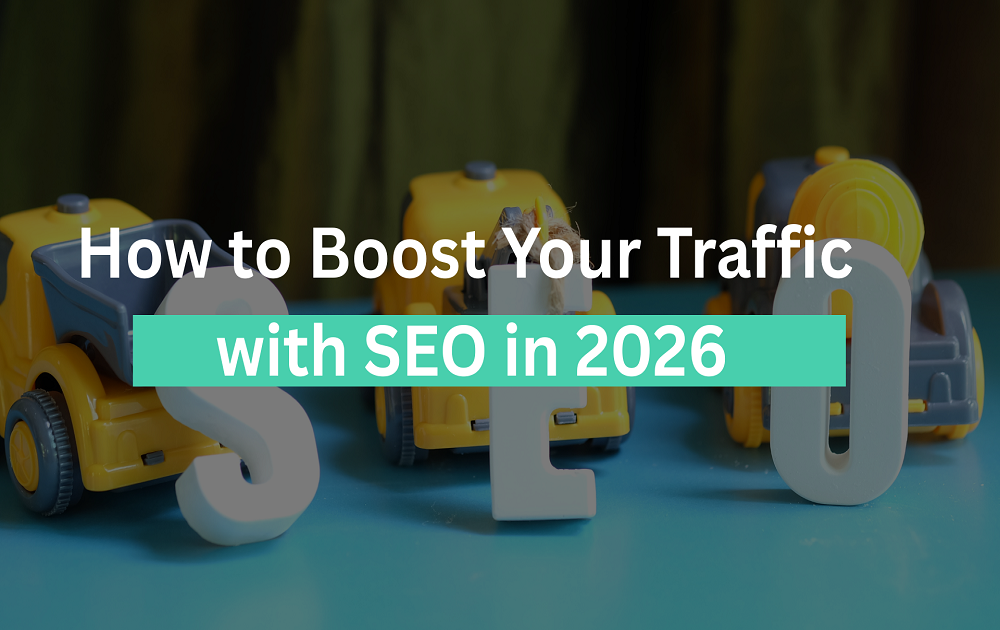In 2026, artificial intelligence (AI) has moved far beyond being a buzzword—it has become an essential driving force behind innovation in web development and mobile app development. Businesses of all sizes are embracing AI-powered tools and frameworks to create smarter, faster, and more personalized applications. For companies like WDC, integrating AI into development processes isn’t just about keeping up with trends; it’s about redefining how digital solutions deliver value to clients. AI is now influencing every stage of development—from planning and design to testing, deployment, and ongoing optimization.
1. Smarter User Experiences Through AI Personalization
One of the most noticeable changes AI has brought in 2026 is hyper-personalized user experiences. Gone are the days of static, one-size-fits-all interfaces. AI algorithms now analyze user behavior in real time to tailor content, navigation, and recommendations. For example, e-commerce mobile apps developed by WDC can now suggest products not just based on previous purchases, but also on mood detection from facial recognition, location context, and even seasonal trends. Similarly, web applications can dynamically rearrange layouts, alter CTAs, and adjust design elements depending on a user’s browsing patterns and engagement metrics. This level of personalization results in higher conversion rates and improved customer retention.
2. AI-Powered Development Tools
AI is transforming the way developers themselves work. Advanced AI-assisted coding platforms can now suggest entire code blocks, detect errors before they cause issues, and even automatically optimize performance. In 2026, developers at WDC are using AI-powered IDEs and frameworks that drastically reduce the time needed to write, test, and debug code. This doesn’t replace human creativity and decision-making—it enhances it by automating repetitive tasks and allowing developers to focus on solving complex problems. These tools are especially valuable in mobile app development, where optimizing for multiple devices and operating systems can be a time-consuming challenge.
3. Predictive Analytics for Better Decision-Making
AI’s ability to process and interpret vast amounts of data in real time is helping businesses make smarter decisions. For app owners, this means being able to predict what users will want before they even realize it. WDC integrates AI-driven predictive analytics into both web and mobile apps to forecast user needs, recommend next steps, and detect potential drop-off points. In mobile banking apps, for instance, AI can predict spending patterns and suggest budgeting strategies. In healthcare web platforms, it can anticipate patient appointment needs and send reminders at optimal times. This proactive approach enhances user satisfaction and strengthens brand loyalty.
4. Voice and Conversational Interfaces
Voice search and conversational AI are no longer emerging trends—they are dominant features in 2026’s app landscape. With the integration of natural language processing (NLP) models that understand context, emotion, and intent, users can now interact with apps as naturally as speaking to a human. WDC has implemented AI-driven chatbots in mobile apps that provide 24/7 support, instantly answering customer queries with human-like precision. For web applications, voice commands are increasingly replacing clicks and taps, especially in industries like retail, travel, and education where speed and accessibility matter.
5. Automated Testing and Quality Assurance
In traditional development, testing is one of the most time-intensive stages. AI is changing that. AI-powered testing frameworks can now simulate thousands of real-world scenarios, detecting bugs, security vulnerabilities, and performance bottlenecks before launch. At WDC, AI-driven QA tools run continuous testing during development cycles, ensuring that both web and mobile applications are stable, secure, and optimized. This reduces post-launch errors and minimizes costly fixes, ultimately delivering a more polished end product.
6. AI in Cybersecurity
With the increasing complexity of cyber threats, traditional security measures are no longer enough. AI is proving to be a powerful defense mechanism. AI algorithms can detect suspicious patterns, identify anomalies, and even prevent potential breaches before they happen. WDC integrates AI-based threat detection systems into client projects to safeguard sensitive data. In mobile banking apps, this might mean real-time fraud detection; in e-commerce web apps, it could involve automatic account lockdown when unusual activity is detected. By leveraging AI, apps in 2026 can respond to cyber threats instantly, reducing risk significantly.
7. Edge AI for Real-Time Processing
Another major advancement in 2026 is the rise of edge AI—processing AI algorithms directly on user devices rather than relying solely on cloud servers. This technology makes apps faster, more secure, and less dependent on internet connectivity. For example, a mobile fitness app developed by WDC can analyze workout data in real time without sending it to a remote server, protecting user privacy and ensuring instant feedback. In web applications, edge AI allows features like real-time translation, on-the-fly video optimization, and instant content filtering without latency issues.
8. AI-Driven Design Assistance
Designers are also benefiting from AI’s capabilities. Tools like AI-based design assistants can now generate UI components, suggest layouts, and even adjust color palettes for better accessibility based on brand guidelines. At WDC, AI helps designers rapidly prototype both web and mobile interfaces, allowing for quicker feedback loops with clients. This not only shortens project timelines but also ensures designs are informed by data-driven insights rather than guesswork.
9. Integration of Generative AI in Content Creation
Generative AI is enabling web and mobile apps to produce content dynamically. Whether it’s auto-generating product descriptions for e-commerce stores, writing personalized news feeds, or creating AI-powered educational lessons, generative AI is making content creation faster and more scalable. WDC is helping clients integrate generative AI into their apps, ensuring they can deliver fresh, relevant, and high-quality content to users without constant manual input.
10. The Competitive Advantage for Businesses
In 2026, integrating AI into web and mobile app development is no longer optional—it’s essential for staying competitive. Companies that adopt AI-driven solutions are able to launch faster, operate more efficiently, and deliver better user experiences. WDC’s AI-first approach ensures that every app we develop is future-proof, scalable, and capable of adapting to user needs over time.
Conclusion
Artificial intelligence is fundamentally reshaping the landscape of web and mobile app development in 2026. From creating personalized user experiences and enhancing security to enabling predictive analytics and automating repetitive tasks, AI is revolutionizing the way apps are built and maintained. Businesses that embrace AI are gaining an undeniable competitive edge. At WDC, our mission is to harness these AI advancements to deliver innovative, reliable, and high-performance applications that help our clients succeed in the digital age.
FAQs
Q1: How does AI improve mobile app performance?
AI optimizes mobile apps by predicting user behavior, personalizing content, and automating backend processes. It also enables faster load times, better recommendations, and more secure operations.
Q2: Can AI reduce development time for apps?
Yes. AI-powered coding tools, automated testing, and AI-driven project management systems significantly cut down development timelines while maintaining high quality.
Q3: Is AI integration expensive for small businesses?
Not necessarily. While complex AI solutions can be costly, many affordable AI APIs and tools allow small businesses to implement features like chatbots, personalization, and analytics without huge budgets.
Q4: How does WDC use AI in web development?
WDC integrates AI into various stages of web development, from automated code suggestions and AI-driven design to real-time analytics and cybersecurity measures.
Q5: Will AI replace human developers?
No. AI enhances human capabilities by automating repetitive tasks and providing data-driven insights. Human creativity, problem-solving, and strategic thinking remain essential in development.




